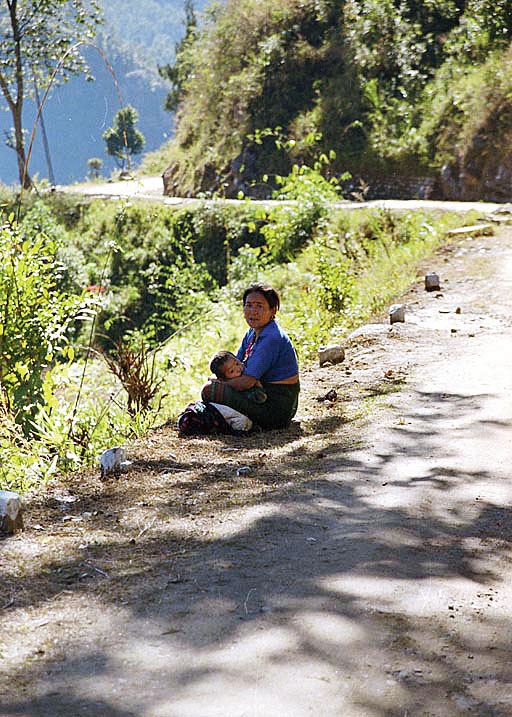The book, Against State, Against History: Freedom, Resistance, and Statelessness in Upland Northeast India, by Jangkhomang Guite, is a welcome addition to the literature on historiography and the conceptualization of the State through the highlighting of “counter-cultural narratives”. It lays out a framework to reformulate the relationship between history and geography, state and statelessness and plainsmen and hillmen, and debunks the evolutionary/typological model which is often used to represent tribal communities as the ‘relics’ of pre-historic society. Grounded within the methodological framework of creating a culture of plural concepts (Syed Farid Alatas), Guite takes a “long view” of history. He not only utilizes oral narratives but also critically analyses social structure and cultural systems and practices to undertake his intellectual odyssey into the life world of the communities (“unlettered race”, he calls them) of the Zomia highland massif.
The book is divided into nine neatly arranged chapters with a comprehensive introduction that presents his philosophical, cognitive and theoretical assumptions and the arguments thereafter. At the very outset, Guite, inspired particularly by James C. Scott, makes clear his intention of unravelling the civilizational bias and the epistemic violence of the European system of thought that most societies in the mountain massif have been subjected to, thereby making his reader aware of what to expect in the following pages — an insight into the indigenous knowledge systems. A crisp conclusion gives the kind of logical ending that a book like this deserves.
The idea, “Against State”, mentioned in the title, is conceptualized as the state of evading the control of the war-machine State and the oppression and domination of the cultural yardsticks of the plains people. The hillmen’s attempts at evading the State has been seen by the author as “tactical”. He conceptualized the process as “re-enactment”, where the people choose to be “unstate” instead of getting subsumed within the Western civilizational model of the modern State. Such an attempt has allowed the author to analytically engage with the concept of State by bringing in elements of geography, ecology and typography along with people’s emphasis on attributes of freedom and egalitarianism. As one reads through the introduction, one is immediately reminded of Diana L. Eck’s engagement with the idea of sacred geography in describing India. The difference is that she looks at the expressive role of geography while Guite’s book privileges the instrumental aspect of geography where mountains have emerged as an unsurmountable barrier between the hillmen and the plainsmen and as a check on the freedom of the hillmen themselves. This geography is seen as a zone of assemblage by Guite. By using geography as an important medium he shows how landscape plays a major role in creating a divide between the two sets of epistemological frameworks. More, he looks at these not as two ends of a spectrum but as parallel processes making a way for understanding ‘State’ through a more inclusive conceptualization.

The book debunks the evolutionary/typological model which is often used to represent tribal communities as the ‘relics’ of pre-historic society.
Furthermore, he sketches the history of these communities within the framework of histories from below, hence the phrase “Against History”. This history can be only be retrieved by going beyond what is written, which, as he mentions, is often rooted in civilizational bias, being written from the State centres. He thus takes the long view by looking at migration history, settlement patterns, livelihood strategies, social, economic and political organization, gender relations, ideologies, cultural systems and the relationship between the hillmen and the plainsmen. The latter seems more distinct because of the conscious attempts of the hillmen to keep their freedom, egalitarianism and attributes of cooperation and reciprocity intact. Thus, their system of cultural beliefs, ideas and values that was looked down upon by the people of the valley Guite terms “safe conduit”, a counter cultural collective where resistance to oppression and domination both at the macro and micro level is embedded within the system. It is this embeddedness that allows one in an unstate to constantly be in the process of becoming egalitarian, which societies the world over lack.
In times when there is much discussion about the State, its definition and role, its conceptualization of and relationship to resistance, and the freedom of individuals and communities, Guite’s book shows a way to address such concerns in the context of the Northeast in India. This is particularly relevant since history, geography and culture are closely intertwined in the context of the Indian Northeast and must be paid heed to for a comprehensive understanding of issues at hand.
Against State, Against History: Freedom, Resistance, and Statelessness in Upland Northeast India By Jangkhomang Guite, Oxford, Rs 1,095












